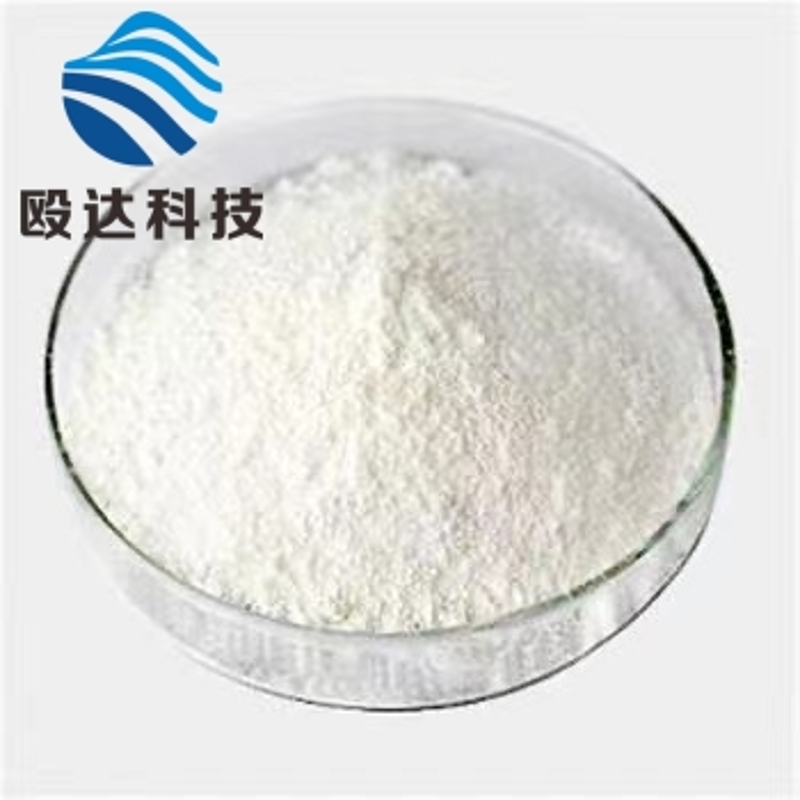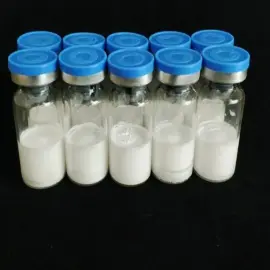-
Categories
-
Pharmaceutical Intermediates
-
Active Pharmaceutical Ingredients
-
Food Additives
- Industrial Coatings
- Agrochemicals
- Dyes and Pigments
- Surfactant
- Flavors and Fragrances
- Chemical Reagents
- Catalyst and Auxiliary
- Natural Products
- Inorganic Chemistry
-
Organic Chemistry
-
Biochemical Engineering
- Analytical Chemistry
-
Cosmetic Ingredient
- Water Treatment Chemical
-
Pharmaceutical Intermediates
Promotion
ECHEMI Mall
Wholesale
Weekly Price
Exhibition
News
-
Trade Service
2-Bromo-1,3,4-thiadiazole (NBTD) is a widely used organic compound in the chemical industry.
It is commonly used as a catalyst in chemical reactions, as a flame retardant in plastics, and as an intermediate in the production of other chemicals.
However, the use of NBTD has raised concerns about its safety in the workplace and the environment.
In this article, we will explore the potential risks associated with NBTD and how they can be mitigated.
Chemical properties and uses
2-Bromo-1,3,4-thiadiazole is a colorless to yellowish liquid with a characteristic odor.
It is highly soluble in water and can readily release toxic gases, such as hydrogen bromide, when exposed to moisture.
NBTD is highly reactive and can react with various chemicals, including strong acids, strong bases, and oxidizing agents.
It is also highly sensitive to heat and shock, and can ignite or explode when exposed to sparks or flames.
One of the primary uses of NBTD is as a catalyst in chemical reactions.
It is used in the production of a wide range of chemicals, including herbicides, pesticides, and pharmaceuticals.
It is also used as a flame retardant in plastics, which helps to reduce the risk of fire and prevent the spread of flames.
Safety concerns and risks
Despite its widespread use, NBTD poses significant safety risks to workers in the chemical industry.
It is highly toxic when ingested, inhaled, or absorbed through the skin, and can cause a range of health problems, including skin irritation, respiratory problems, and neurological damage.
Long-term exposure to NBTD can also lead to damage to the liver, kidneys, and central nervous system.
In addition to its toxic effects on human health, NBTD can also pose environmental risks.
It is highly soluble in water and can readily release toxic gases, which can pollute the air and water.
It can also persist in the soil, where it can accumulate and pose risks to plants and animals.
To mitigate the risks associated with NBTD, it is important to follow proper safety protocols in the workplace.
This includes wearing appropriate personal protective equipment (PPE), such as gloves, goggles, and respirators, when handling NBTD.
It is also important to store NBTD in a secure location, away from sources of heat or ignition, and to dispose of it properly by following local regulations.
In addition to proper handling and storage, it is also important to monitor workers for signs of exposure to NBTD.
This includes regular health assessments, including blood and urine tests, to detect any potential health effects.
It is also important to maintain good communication with workers and to provide them with training and education on the proper handling and storage of NBTD.
Another important risk management strategy is to implement proper emergency response procedures in case of an accident or spill.
This includes having emergency response teams in place, with trained personnel who can respond quickly and effectively in the event of a release or spill.
It is also important to have appropriate containment and cleanup procedures in place, to minimize the impacts of any spill or release.
Environmental risks and regulations
Beyond the workplace, NBTD can also pose environmental risks.
As mentioned earlier, it is highly soluble in water and can release toxic gases, which can pollute the air and water.
It can also persist in the soil, where it can accumulate and pose risks to plants and animals.
To mitigate these environmental risks, there are a number of regulations in place that govern the use and disposal of NBTD.
For example, it is classified as a hazardous waste under the U.
S.
Resource Conservation and Recovery Act (RCRA), which means that it must be handled and disposed of according to strict guidelines.
Many countries also have their own set of regulations regarding the use and disposal of NBTD.
In addition to regulatory measures, it is also important to adopt sustainable production and consumption practices in the chemical industry.
This includes using safer, more







